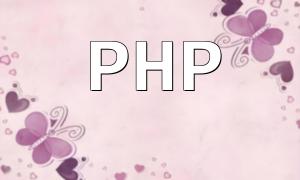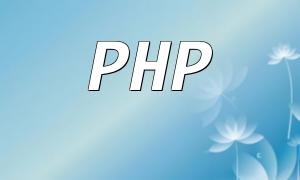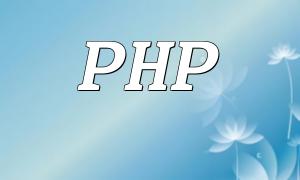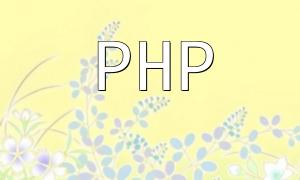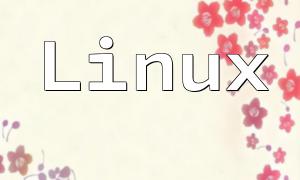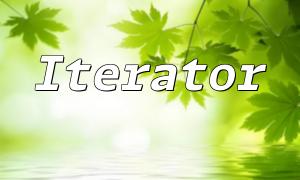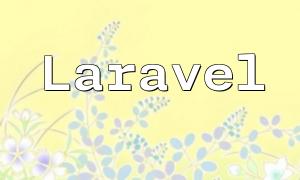As modern web development evolves, Docker has become a common tool for deploying PHP applications. With Docker, developers can easily manage PHP and its dependencies, among which PHP extensions play a vital role in enhancing functionality and performance. This article systematically explains how to efficiently manage PHP extensions in a Docker environment.
PHP extensions are modular pieces of code that provide additional features such as database connections, image processing, and network requests. Proper configuration and management of these extensions within Docker help ensure application stability and execution efficiency.
Here are some PHP extensions commonly used in projects:
mysqli – used for interacting with MySQL databases.
gd – for image creation and editing.
curl – for making HTTP network requests.
mbstring – handles multibyte character encoding, supporting multilingual text.
When building Docker images, you can install required PHP extensions using commands in the Dockerfile. For example:
FROM php:8.0-apache
# Install required PHP extensions
RUN docker-php-ext-install mysqli gd curl mbstring
This example uses the docker-php-ext-install command to install several commonly used extensions in one step. You can adjust the list based on your project’s needs to customize the image.
In addition to installing extensions directly, Composer is a key tool for managing PHP project dependencies. Define the dependencies in composer.json, then run composer install to automatically install the necessary PHP libraries, making dependency management and version control easier.
To improve image performance and security, consider these optimization tips:
Keep the image lean by installing only the extensions your project actually needs, avoiding unnecessary dependencies.
Use Docker multi-stage builds to separate extension installation from the production environment, reducing the final image size.
Regularly update PHP versions and extensions to maintain security and stability.
Proper management of PHP extensions in Docker helps enhance application performance and maintainability. Learning the installation methods and optimization techniques allows you to better leverage Docker’s advantages, creating efficient, lightweight, and secure PHP environments. We hope this guide serves as a practical reference for managing PHP extensions in Docker.

